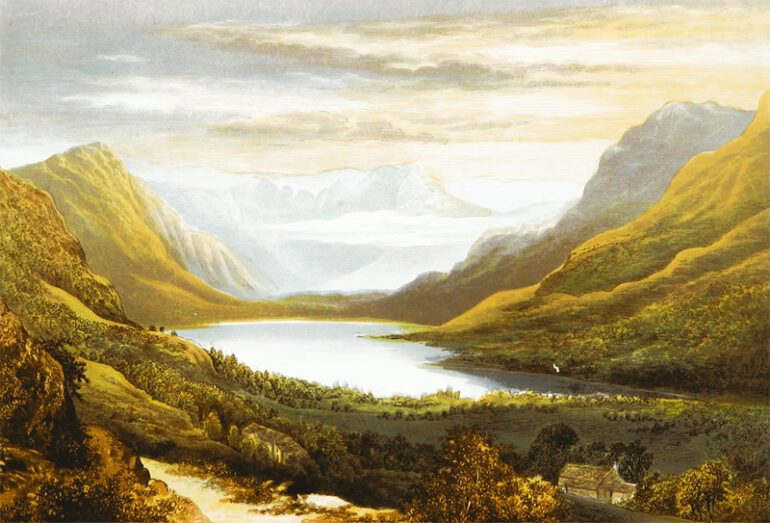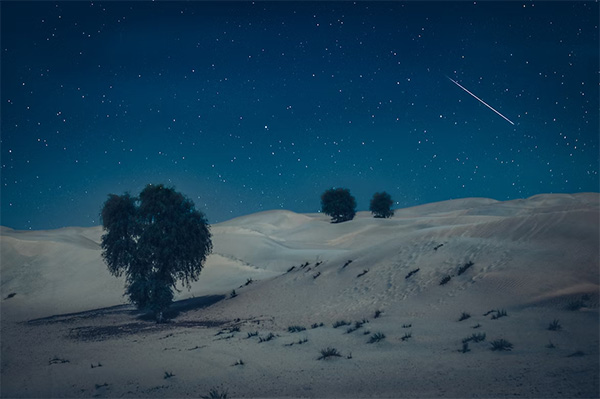The Emergence of Landscape Painting
While the roots of landscape painting can be traced back to Ancient Greece and Rome, it was during the Renaissance that this genre began to emerge as an independent art form. Initially, landscapes often served as mere backdrops to religious and mythological subjects. Landscape painting didn’t flourish in the Netherlands until the 17th century. Artists began to meticulously depict their particular countryside’s distinctive beauty and uniqueness.
Landscape Painting in the 19th Century: Romanticism and Impressionism
The 19th century marked a pivotal period for landscape painting, with movements like Romanticism and Impressionism significantly influencing the genre. Romantic artists, including JMW Turner and Caspar David Friedrich, approached landscapes with an emphasis on emotion, using dramatic scenes of nature to express sublime feelings of awe and terror.
Conversely, the Impressionists sought to capture fleeting moments and the changing effects of light on the landscape. Artists like Claude Monet and Camille Pissarro painted ‘en plein air,’ working outside to observe and record the landscape directly. Monet’s series of “Haystacks” and “Water Lilies” epitomizes the Impressionist dedication to portraying the transitory nature of light and color.
The American Hudson River School and Luminism
Meanwhile, a distinctly American approach to landscape painting was developing across the Atlantic. The Hudson River School, including artists like Thomas Cole and Frederic Edwin Church, portrayed North America’s wild, untamed landscapes with a sense of reverence and awe. Their work emphasized not only the grandeur and beauty of nature but also its spiritual and moral significance.
Closely related to the Hudson River School was the Luminist style, which emphasized light, serene scenes, and meticulous detail. The Luminists, such as Fitz Hugh Lane and Martin Johnson Heade, often portrayed calm waters and expansive skies, instilling their landscapes with tranquility.
Landscape Painting in the Modern Era
In the 20th century, landscape painting underwent further transformations. The advent of modernism brought new styles and approaches to the genre. The Fauvists, with artists like Henri Matisse, used bold, non-naturalistic colors to represent landscapes, while the Cubists, including Pablo Picasso and Georges Braque, fragmented the landscape into geometric forms.
In the United States, Regionalists like Grant Wood and Thomas Hart Benton returned to representational art, portraying the rural landscapes of the American Midwest in response to the rapid urbanization and industrialization of the period.
Contemporary Landscape Painting
Landscape painting is still a crucial component of modern art today. The genre is approached by artists in several ways, using a range of styles and methods. Others, like Anselm Kiefer, utilize mixed media to produce textured, three-dimensional landscapes, while some, like David Hockney, combine classic landscape painting methods with digital technology. Additionally, the genre has grown to include discussions of social and environmental concerns, reflecting the complexity of human connection with nature in the Anthropocene period.
Landscape painting has developed from its humble origins as a background to the main artistic topics into a rich and dynamic genre. The long-standing urge to record the beauty, grandeur, and intricacy of the world around us is also demonstrated by its rich history, which also demonstrates how perspectives of nature have changed through time. Landscape painting promises to carry on this investigation as we look to the future, providing new perspectives and comments on our ever-changing relationship with nature.
Photo Attribution:
1st and featured image by https://unsplash.com/photos/gUDNK8NqYHk
2nd image by https://unsplash.com/photos/RmAlJoAQGQ4

